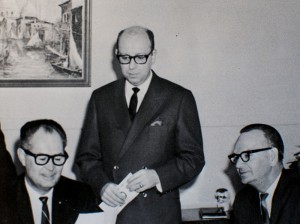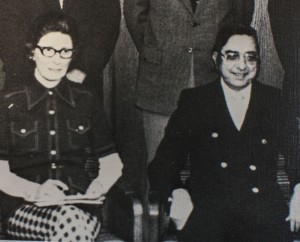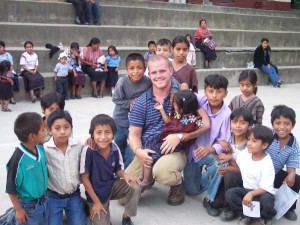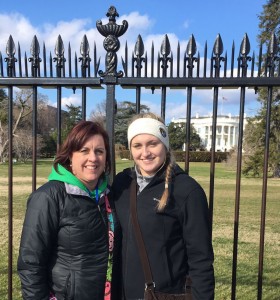Reece Rutland, Rend Lake College Media Services
INA, IL – The story of Rend Lake College’s only husband and wife pair to sit on the Board of Trustees should have be a happier tale. Unfortunately, this chapter of the story shows one of the greatest hardships encountered by those that founded RLC. Luckily, from that tragedy, a story of determination, triumph and legacy emerged and a family’s name was cemented in the history of the college forever.
In a meeting on July 26, 1965, in Whittington, the motion was made that a group be formed to establish a junior college district in the area consisting of six or more counties. Holland Simmons seconded the motion and thus sat the wheels in motion to officially form the Steering Committee for Rend Lake College.

Dr. James Snyder, left, Dr. Curtis Parker, center, and Mr. Holland Simmons, right, count up all the ‘yes’ votes that officially made RLC a reality. (Reece Rutland RLC Media Services)
Simmons, a Benton native and operator of Simmons Drug Store on the Benton Public Square,, sat on that committee, and like Apple, Baker and Parker, Simmons also held a spot on the Rend Lake College Executive Committee before going on to be the final member of the founding Board of Trustees. It was by his motion that Dr. Snyder was approved as the first president of Rend Lake College during the June 20, 1967, board meeting.
Tragically, Simmons service and life were cut short when he drowned in a boating incident while fishing on Lake Moses on July 27, 1969. His mother also perished in the mishap. However, Marie Simmons took up the cause and was appointed to serve out her husband’s term.
A resolution by the board was passed on August 19, 1969, to honor Holland after his passing. It read:
“Holland Simmons bequeathed an enduring legacy to Rend Lake College. That legacy is the spirit of friendship and harmonious collaboration which has characterized our endeavors since the College was conceived. Holland kept our house in order; no feelings of local pride or parochial selfishness have ever appeared. In his firm and quiet way, he always aimed us in the right direction. If circumstances offered the opportunity for rivalries or misunderstandings, the Board always directed, “Call Holland.” Our legacy of good feeling and harmony is embodied in Holland’s answer to those calls.
We who enjoyed his friendship and esteem his work believe that Mrs. Simmons will know the sincerity of our sorrow at Holland’s death, and too, our pride and appreciation of his accomplishments for Rend Lake College.
Therefore, be it resolved, by the Board of Rend Lake College that this tribute to our colleague and friend, Holland Simmons, be extended to him in memoriam, included in our minutes of this proceeding, and that a copy of this Resolution be delivered to Mrs. Simmons by the Chairman, with our heartfelt sympathy.
Signed
Curtis A. Parker
Allen Baker
Carleton Apple
Forrest Stewart
Melvin Farlow
Harry Irwin
Huel Cross”
Marie went on to become secretary of the board in 1972. to date, they are the only husband and wife to both hold seats on the Board of Trustees.
Both Simmons were also founders of the Benton Community Bank and both served as Board Chairs of that institution.
A small business owner, Marie, was unopposed when she ran the first time for the remaining one-year term which was earned by her late husband and then awarded to her via appointment. She was the leading vote-getter in a field of six when she ran for her first three-year term in 1971 and was re-elected again in 1974. In total,

Mrs Simmons, left, is pictured sitting next to Dr. Allen Baker, right, during the 1975 Board of Trustees photo. After the death of her husband, Marie served on the board for many years. (Reece Rutland – RLC Media Services)
Marie served as a Trustee approximately eight years. She was a member of First Baptist Church in Benton, Eastern Star and White Shrine. She served on RLC’s board until only a few months before her death on August 10, 1977, at the age of 68. It was her choice not to run for re-election that spring








